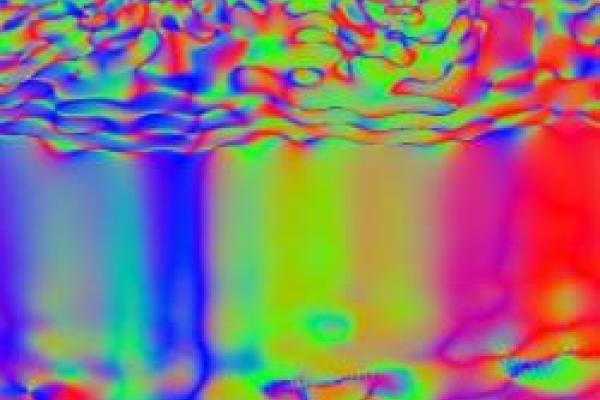
One of the chief limitations of viscous hydrodynamical models are that they make an implicit assumption that the system under consideration is close to being thermal and isotropic in momentum space. However, there are many situations in which this may not be the case. In particular, this assumption fails in ultrarelativistic heavy ion collisions at early times due to the rapid longitudinal expansion of the system. It also fails near the "cold" edges of the interaction region where the system is better approximated by a free streaming gas. I will present a new method to derive hydro-like dynamical equations which does not rely on the assumption that the system is close to being isotropic in momentum space. The resulting partial differential equations can equally well describe the ideal hydrodynamical limit, the free streaming limit, and anything in between. In addition, they can be shown to reduce to the 2nd order viscous hydrodynamical equations in the limit that the system is close to being isotropic in momentum space.
Finally, I will present results of the numerical solution of these equations in order to quantitatively describe the collective flow of matter created in heavy ion collisions.
